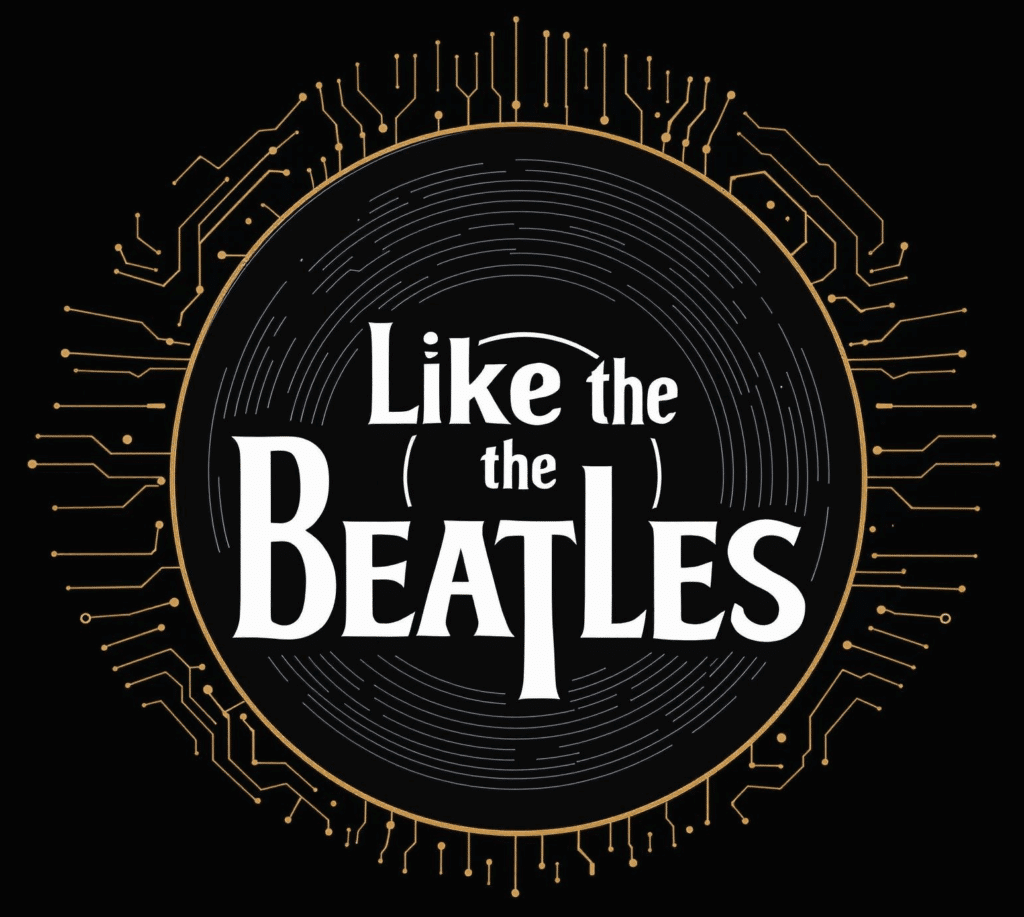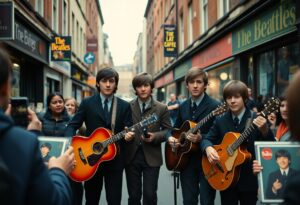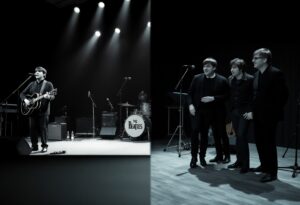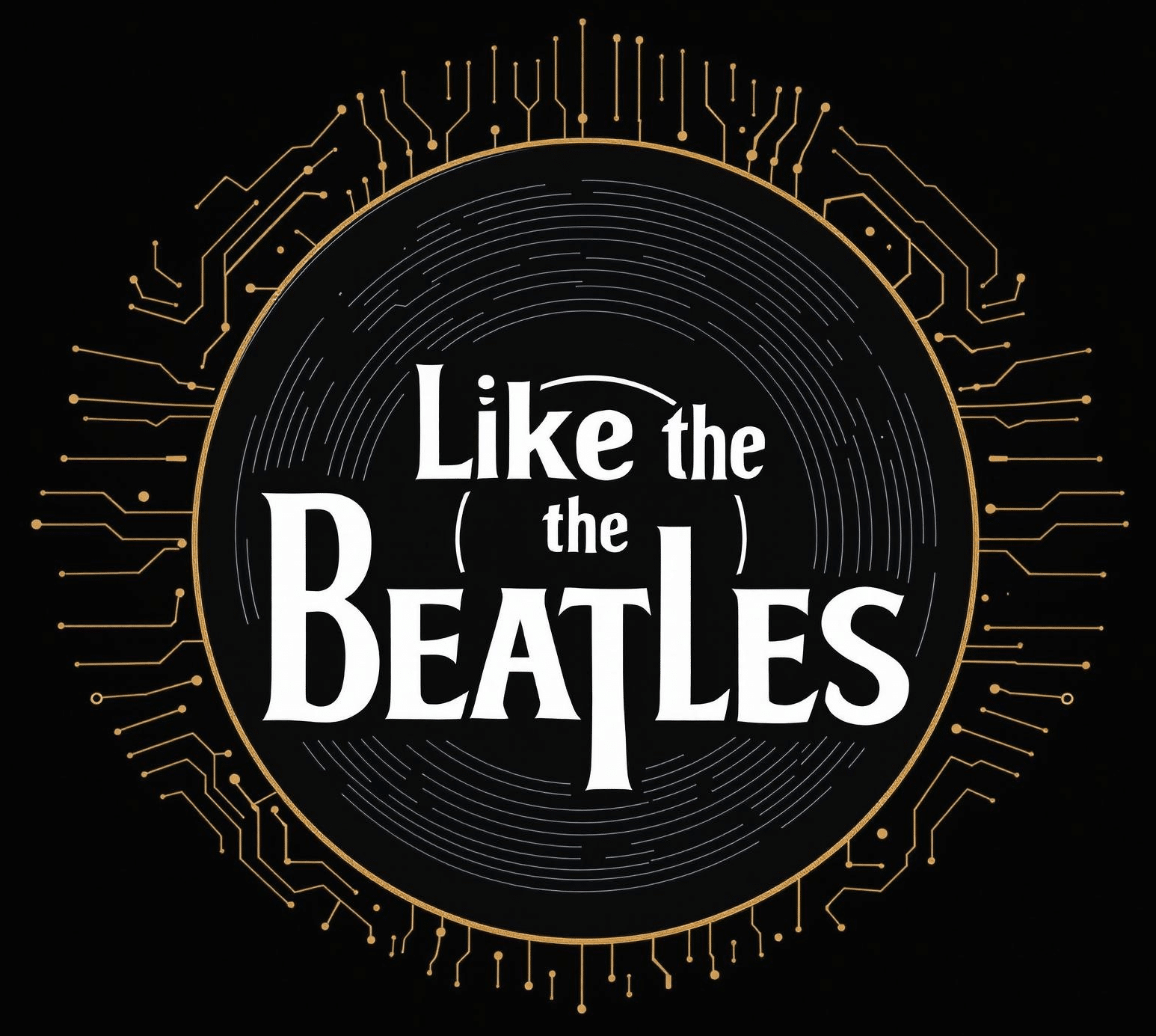There’s an undeniable magic to The Beatles, one that has transcended generations and redefined the music landscape. In this post, I will take you through 10 important steps that chart their remarkable journey from their humble beginnings in Liverpool to their groundbreaking impact on global culture. You’ll discover how their innovative sound, unique personalities, and turbulent moments shaped not only their career but also the modern music industry as we know it. Join me as we explore their rise, transformation, and eventual legacy.
The Early Years
For anyone fascinated by the evolution of music, understanding the early years of The Beatles provides necessary context. Their journey began in the bustling streets of Liverpool, where a group of talented young musicians laid the groundwork for what would become a cultural phenomenon. You can see how their humble beginnings shaped their artistry, making their later success even more extraordinary.
Formation of the Band
Behind the scenes of the band’s formation were four aspiring musicians: John Lennon, Paul McCartney, George Harrison, and later, Ringo Starr. Each brought unique influences and distinct sounds, but it was their camaraderie that truly forged The Beatles identity. You can appreciate how they gelled together and how these early bonds helped craft their future collaborations.
Influences and Inspirations
On their path to greatness, The Beatles drew inspiration from a myriad of artists and genres that shaped their sound. You might be surprised to learn that their influences ranged from American rock and roll legends like Chuck Berry and Little Richard to traditional British skiffle and folk music. Each of these elements fused to create what we now cherish as the signature Beatles style.
The diverse influences on The Beatles are necessary for understanding their iconic sound. The band was deeply inspired by American rock gods, whose energetic beats and catchy melodies captivated them during their formative years. They also incorporated elements from British folk traditions, enriching their musical palette. Johnny Cash, Buddy Holly, and the harmonies of The Everly Brothers played central roles in informing their songwriting approaches. Moreover, influences from Indian music and culture later expanded their horizons even further, showcasing their versatility and willingness to innovate. I believe this eclectic mix of inspirations laid the foundation for their revolutionary impact on music and culture.
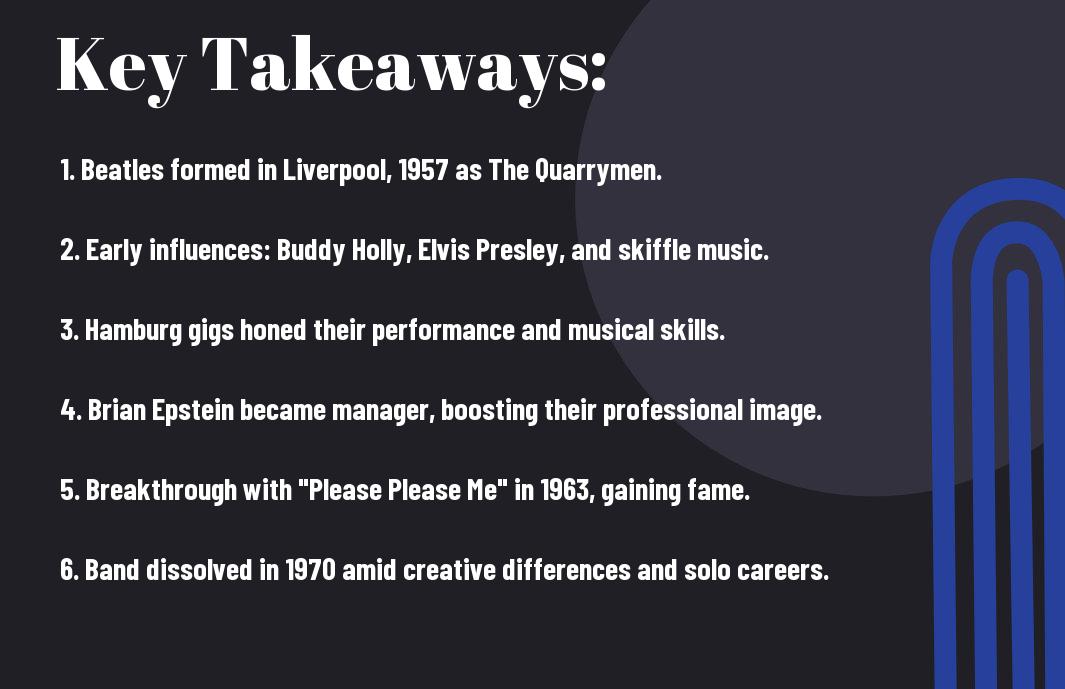
Rise to Fame
Some of the most transformative moments in music history occurred during The Beatles’ rise to fame. Emerging from Liverpool’s vibrant music scene, they captivated audiences with their unique sound and charismatic presence. Their pioneering approach not only reshaped the music industry but also created a cultural phenomenon that resonated worldwide.
Breakthrough with “Please Please Me”
Across their debut album, “Please Please Me,” The Beatles made their mark, featuring hit tracks that showcased their extraordinary talent and songwriting prowess. This album catapulted them into the limelight, solidifying their status as a groundbreaking force in rock music.
The British Invasion
Breakthrough success led The Beatles to spearhead the British Invasion, a wave of British rock bands dominating the American music scene. Their innovative sound and style had an unprecedented impact, influencing countless artists and creating a cultural shift that captured the imagination of millions.
For instance, The Beatles’ appearance on The Ed Sullivan Show in 1964 marked a pivotal moment in history, drawing nearly 73 million viewers and signaling the start of the British Invasion. Their infectious energy and unmatched songwriting not only captivated audiences but also ignited a worldwide craze for British music. This cultural phenomenon had profound effects on American culture, from fashion trends to youth identity, solidifying The Beatles as icons of the era and setting the stage for future generations of musicians.
Innovations in Music
To understand The Beatles’ remarkable journey, one must appreciate their groundbreaking innovations in music that transformed the landscape of popular culture. The band embraced a variety of styles, blending rock, pop, and classical elements, ultimately pushing the boundaries of what was considered mainstream music.
Experimentation in the Studio
Music became an experimental playground for The Beatles, especially during their later years. They utilized innovative recording techniques, such as multitracking and tape manipulation, allowing them to achieve sounds previously thought impossible. This adventurous spirit led them to collaborate with avant-garde artists, enriching their sonic palette.
Iconic Albums: “Revolver” and “Sgt. Pepper’s”
Before their groundbreaking albums “Revolver” and “Sgt. Pepper’s Lonely Hearts Club Band,” The Beatles had already started redefining music. These records introduced new studio techniques, unconventional instruments, and complex arrangements, making them iconic in music history.
Innovations in “Revolver” and “Sgt. Pepper’s” set the standard for artistic expression. “Revolver” featured groundbreaking tracks like “Tomorrow Never Knows,” which incorporated psychedelic sounds and unconventional lyrics. Meanwhile, “Sgt. Pepper’s,” often regarded as the first concept album, showcased a dazzling amalgamation of genres and elaborate production techniques, paving the way for future generations. These records established The Beatles as not just a band, but as visionaries in music.
Cultural Impact
Despite their humble beginnings in Liverpool, The Beatles revolutionized the cultural landscape of the 1960s and beyond. Their influence stretched far beyond music, sparking conversations about love, peace, and social change. They challenged societal norms and inspired generations, turning them into icons of progress and transformation.
Influence on Music and Fashion
Influence is perhaps the most fitting word to describe The Beatles’ impact on both music and fashion. Their innovative sound, characterized by groundbreaking studio techniques and eclectic styles, paved the way for countless artists. Meanwhile, their ever-evolving fashion choices—from the iconic mop tops to psychedelic attire—set trends that resonated with fans and redefined the cultural zeitgeist.
The Beatles and Counterculture
Across their career, The Beatles became emblematic of the 1960s counterculture, marrying their music with the desire for social change. Their songs of protest and messages of love resonated deeply, and they encouraged a generation to question authority. With hits like ‘Revolution’ and ‘All You Need Is Love’, they captured the spirit of the age, fostering a sense of unity and peace. Additionally, their experimentation with drugs and Eastern philosophies contributed to the exploration of new ideas and lifestyles, emphasizing the importance of personal freedom and self-expression. The Beatles didn’t just mirror the counterculture; they shaped it into a movement that challenged the status quo.
Changes in Direction
Keep in mind that The Beatles were not just a band; they were musical pioneers who constantly evolved. As they traversed the 1960s, their sound shifted dramatically from pop rock to more intricate styles, embracing complex themes and a wider range of musical genres. This evolution marked a departure from their early hits, reflecting their experiences and the cultural revolutions around them.
Shifting Genres and Themes
Behind their changing sound lies a deep exploration of varied musical landscapes. From the playful lyrics of “I Want to Hold Your Hand” to the introspective undertones of “Norwegian Wood,” The Beatles embraced experimentation. They ventured into psychedelic rock, folk, and Indian music, showcasing a remarkable ability to adapt and redefine the boundaries of contemporary music.
Solo Projects and Individual Paths
After The Beatles disbanded, each member initiateed on unique solo paths, showcasing their individuality. This phase brought about significant personal growth, as they researchd into different musical styles and reflective themes, setting the stage for their legacies. Each artist’s journey was distinct, illustrating their diverse talents and personal experiences.
Further exploring their solo endeavors reveals a fascinating tapestry of artistic expression. While John Lennon focused on activism and introspection through albums like “Imagine,” Paul McCartney dabbled in various genres, from pop to classical, showcasing his versatility. George Harrison immersed himself in spiritual themes with “All Things Must Pass,” while Ringo Starr embraced a lighter, more playful approach. Each member’s journey offered fans a glimpse into their inner worlds, illustrating how their time in The Beatles not only shaped their music but also their personal philosophies.
The Final Years
Now, as the 1960s faded, The Beatles faced internal conflicts and divergent interests that ultimately led to their disbandment. Their musical evolution continued, but the magic that united them began to dissolve, culminating in an end that left fans both heartbroken and introspective. The band’s final years highlighted their individual creativity while simultaneously distancing them from one another.
“Let It Be” and the Breakup
An necessary part of their conclusion was the release of “Let It Be” in 1970, which served as both an album and a documentary featuring their struggles. Tensions flared and decision-making proved difficult, representing a clear divide among the group. The film’s somber tone mirrors the band’s lingering issues as it documents their unravelling friendship.
Last Performances and Legacy
Beside their studio work, The Beatles’ last public performance on the rooftop of Apple Corps in January 1969 became a defining moment. This iconic event capped off an extraordinary era while leaving a lasting impression of camaraderie. Their legacy, marked by innovation and influence, resonates across generations, ensuring their music continues to inspire.
For instance, the rooftop concert was not just a performance; it symbolized their final unified act as a band. The group’s tight-knit chemistry was palpable, yet this moment also foreshadowed their impending breakup. Even after disbanding, the impact of their music only grew stronger. Each member ventured into successful solo careers, and their collective works have influenced countless artists and genres. The Beatles remain a beacon of creativity and innovation, teaching us about the power of collaboration and the bittersweet nature of artistic evolution.
To wrap up
Presently, my journey through the 10 crucial steps of The Beatles’ evolution highlights not just their incredible talent but their relentless pursuit of innovation. From their humble beginnings in Liverpool to their revolutionary impact on music and culture, each phase of their career offers lessons in creativity and resilience. I encourage you to explore these stages further; understanding the dynamics behind their success can deepen your appreciation for their timeless music and their role in shaping the landscape of popular culture.
